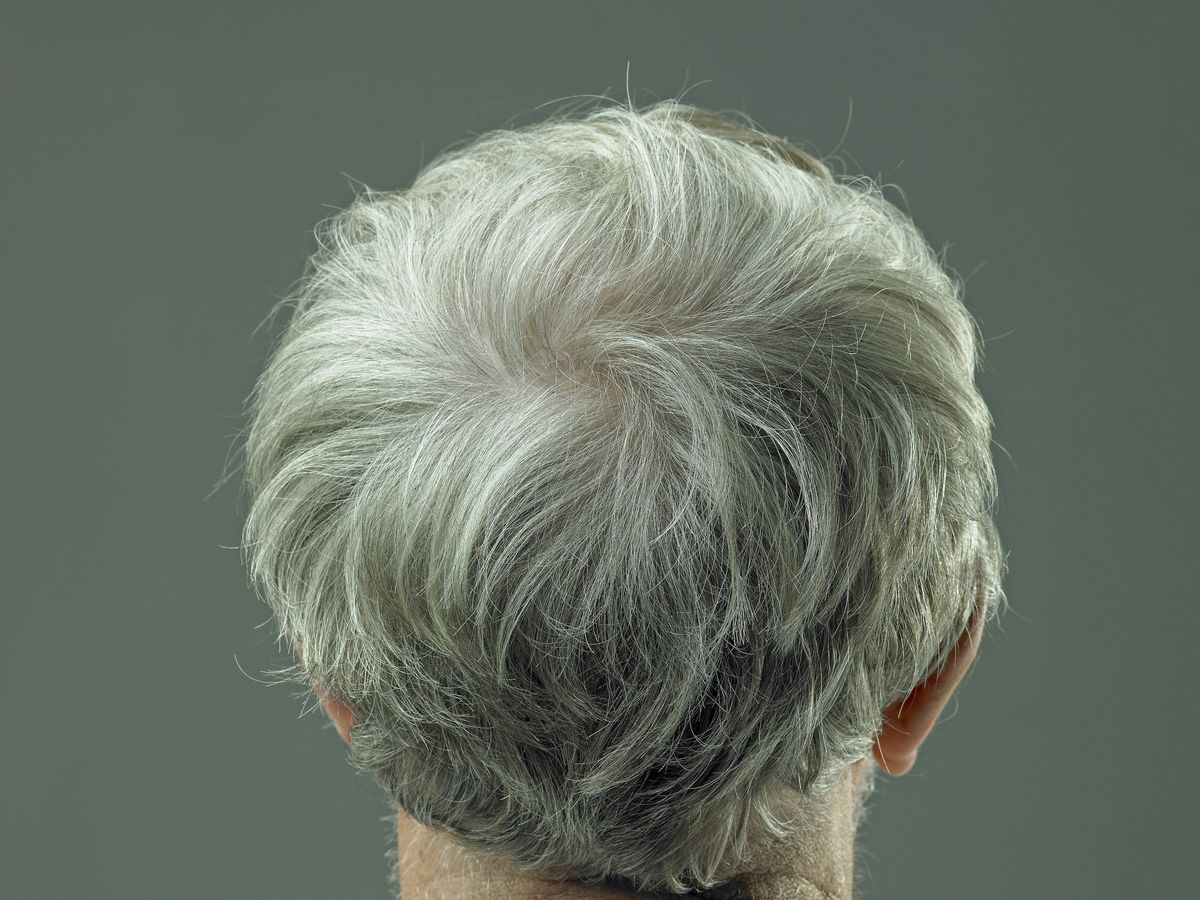Researchers may have uncovered the mechanism behind hair turning gray, raising hopes for a potential treatment to prevent or reverse the process.
The study, published Wednesday in the journal *Nature*, reveals that certain stem cells, which can move between growth compartments in hair follicles, become immobilized as people age, losing their ability to mature and maintain hair color.
The research focused on melanocyte stem cells found in the skin of both mice and humans. As hair ages, sheds, and regenerates, these cells may eventually lose their mobility, preventing them from reaching the stage where pigment is produced.
“Our study adds to our basic understanding of how melanocyte stem cells work to color hair,” said Qi Sun, the study’s lead investigator and a postdoctoral fellow at NYU Langone Health, in a press release.
“The newfound mechanisms raise the possibility that the same fixed positioning of melanocyte stem cells may exist in humans.
If so, it presents a potential pathway for reversing or preventing the graying of human hair by helping jammed cells to move again between developing hair follicle compartments.”

Study senior investigator Mayumi Ito further explained, “It is the loss of chameleon-like function in melanocyte stem cells that may be responsible for graying and loss of hair color.”
Hair-coloring stem cells, highlighted in pink, need to be in the hair germ compartment to activate and develop into pigment. Courtesy of Springer-Nature Publishing or the journal *Nature*.
In a statement to CBS News, Ito, a professor in the Ronald O. Perelman Department of Dermatology and the Department of Cell Biology at NYU Langone Health, elaborated that the study suggests melanocyte stem cells are mobile but can only initiate the regeneration of melanocytes—which produce hair pigmentation—when located in a specific area within the hair follicle called the hair germ compartment.
“Our study suggests that moving melanocytes to a proper location within the hair follicle may help prevent hair greying,” Ito wrote, adding that they “look forward to investigating to what extent our theory is applicable to humans.”
